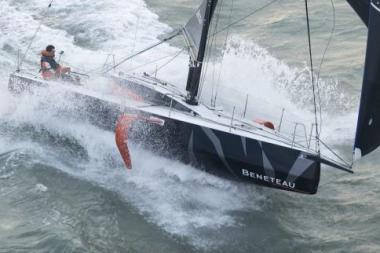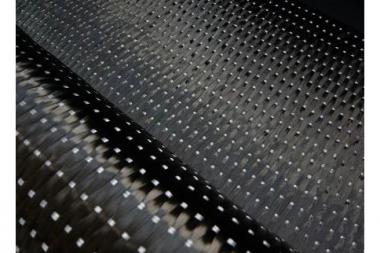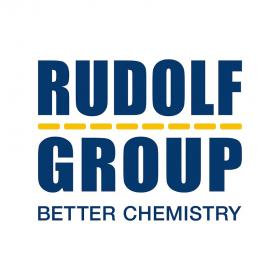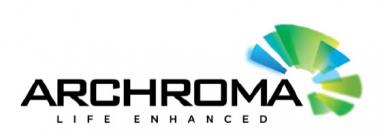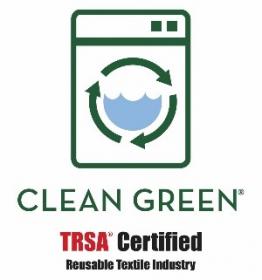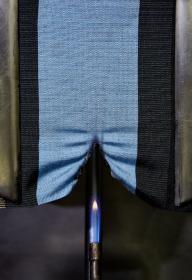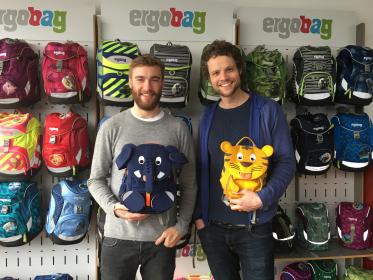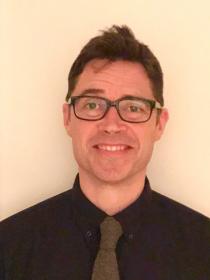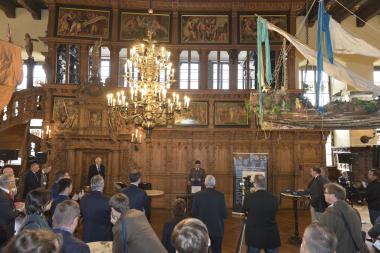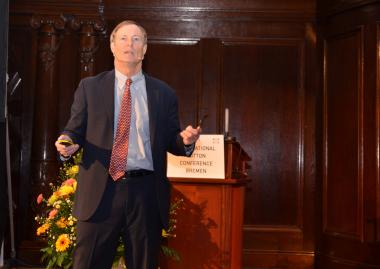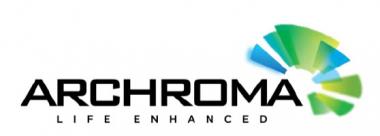HYGIENICALLY CLEAN HEALTHCARE ADVISORY BOARD ANNOUNCES FULL SLATE OF MEMBERS
TRSA, the global association for the linen, uniform and facility services industry, and the creator and administrator of the Hygienically Clean Certification announced today its 2018 Hygienically Clean Healthcare Advisory Board slate of members.
“The board is responsible for administering, enforcing, and revising TRSA’s Hygienically Clean Healthcare (HCH) Standards. Additional duties include establishing and maintaining criteria and procedures for the certification of healthcare textile processing in commercial, cooperatives, and in-house healthcare laundries and facilities. These subject matter experts will provide guidance regarding best management practices (BMPs), inspections and testing to ensure that the Hygienically Clean Healthcare Certification Program benefits consumers, laundry-processing facilities and textile services customers,” said Joseph Ricci, President and CEO of TRSA.
Members of the newly formed board of directors, who represent the entire industry -- linen, uniform and facility service companies, large central laundries, healthcare linen, uniform and facility services customers of TRSA members, suppliers, and experts from related healthcare and other professional organizations -- will serve a three-year term:
Randy Bartsch
CEO, Ecotex Healthcare Linen Service Inc.
Chairman
Rick Kislia
Chief Operating Officer
Crescent Laundry
Vice Chairman
David J. Stern
President & CEO, Paris Companies
Secretary
Greg Anderson
CEO, Campus Laundry
Angela Becker
Senior Program Leader, Textile Care RD&E, Ecolab
Murray L. Cohen, PhD, MPH, CIH
Owner, Consultants in Disease and Injury Control (CDIC)
Dr. Alexis M. Elward, MD
Pediatric Infectious Disease
Washington University School of Medicine in St. Louis
Eoin Flavin
Director, European Operations, WSI
David F. Goldsmith, MSPH, PhD, LLC
George Washington & Georgetown Universities
James Hall
CEO, Northwest Health Care Linen
Tony Long
VP, Risk Management, Angelica
Lynn A. Moreau, RN, BSN
Clinical Liaison Manager
HandCraft Linen Services
Michael Potack
Chairman, Unitex
Robert Raphael
Co-President
Service Linen Supply Inc.
Liz Remillong
Vice President, Strategic Alliance
Crothall Healthcare
Douglas Waldman
President, Superior Linen Service
Charles Rossmiller
Director Laundry Programs
Textile Sales
Medline Industries, Inc.
Thomas Smith
Director, Safety & Training
Foussard Montague Associates, Inc.
TRSA, Hygienically Clean Certification Board of Management linen, uniform and facility services
TRSA




